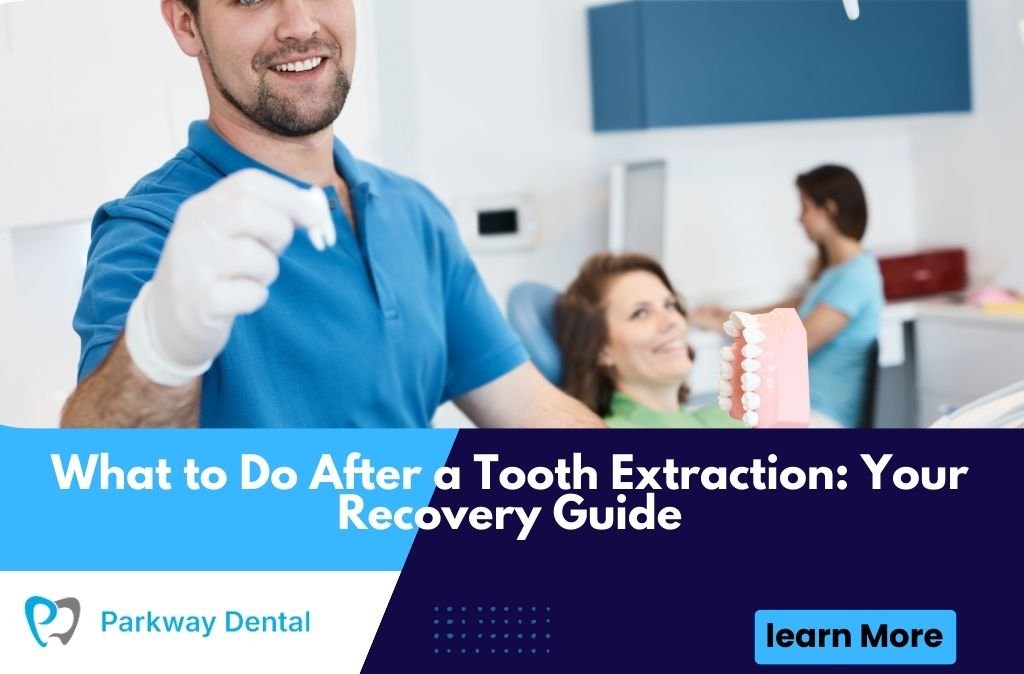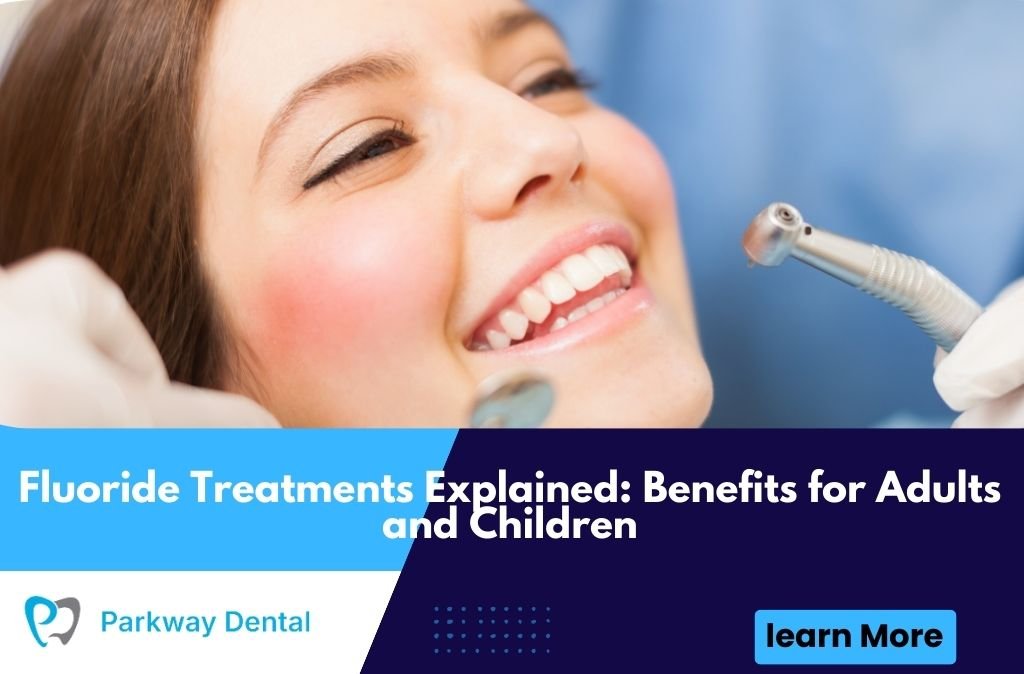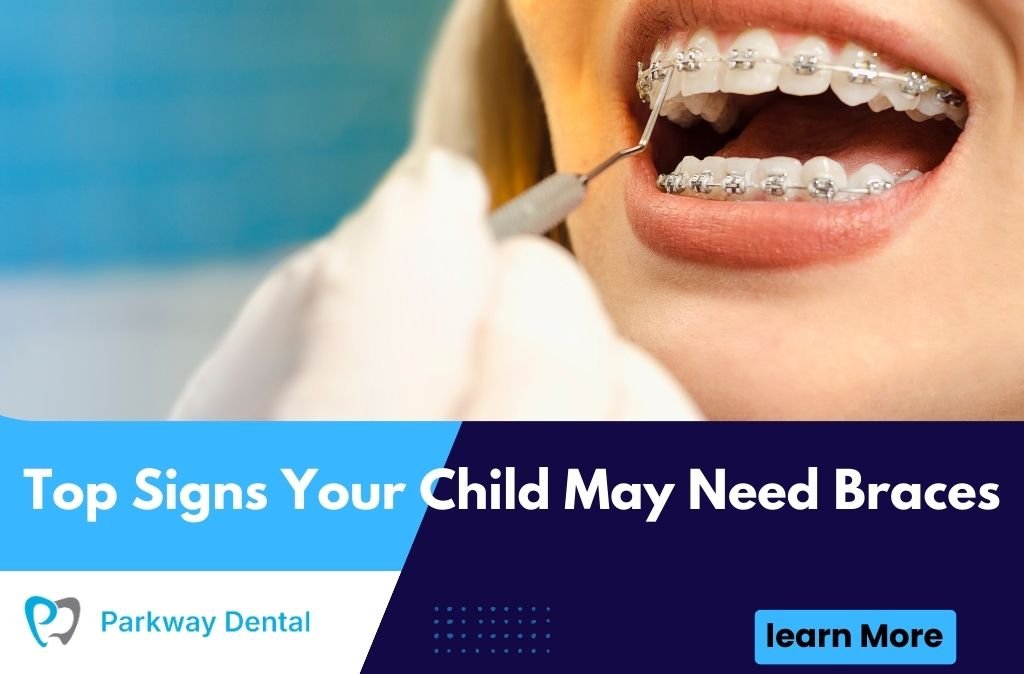Getting a tooth extracted is sometimes necessary to restore your oral health. Whether it’s due to severe decay, infection, impacted wisdom teeth, or orthodontic needs, the procedure is only the first step. The real challenge lies in tooth extraction aftercare, where proper healing determines how quickly you recover and avoid complications.
This detailed guide will walk you through the best recovery practices after tooth extraction, what to expect during the healing process, and how to minimize discomfort.
Why Tooth Extraction Recovery Matters
Healing after a tooth extraction isn’t just about closing the gap where the tooth was removed. It’s about protecting the socket, preventing infection, and ensuring your gums and jawbone heal properly. Neglecting aftercare can lead to dry socket, infections, delayed healing, and unnecessary pain.
By following the right steps, you’ll not only reduce discomfort but also protect your oral health for the long term.
Immediate Aftercare: The First 24 Hours
The first day after extraction is the most critical for your recovery. A blood clot forms in the empty socket, acting as a natural protective barrier. Dislodging it can cause severe pain and slow healing.
What to Expect in the First Day
- Mild bleeding and swelling are normal.
- Discomfort can be managed with prescribed or over-the-counter pain relievers.
- A gauze pad will be placed over the socket to control bleeding.
Key Do’s in the First 24 Hours
- Bite gently on gauze to stop bleeding.
- Apply an ice pack on the cheek for 10–15 minutes at a time.
- Rest and avoid strenuous activity.
Managing Pain and Swelling
After a tooth extraction, mild pain and swelling are common. Over-the-counter medications like ibuprofen help reduce discomfort, while applying an ice pack during the first 24 hours controls inflammation. After two days, warm compresses improve healing. Following your dentist’s instructions ensures faster recovery and prevents complications like dry socket.
Pain Relief After Extraction
It’s common to experience soreness for a few days. Dentists often recommend ibuprofen or acetaminophen to control pain. For more complex extractions, prescription medications may be given.
Reducing Swelling
Swelling usually peaks on day two and starts to subside after 48–72 hours. Using cold compresses within the first 24 hours followed by warm compresses afterward helps reduce swelling and improves circulation.
Oral Hygiene After a Tooth Extraction
Keeping your mouth clean is crucial, but you must do it gently.
Brushing and Flossing
Continue brushing your other teeth but avoid the extraction site for at least 24 hours. Resume gently cleaning near the socket after a day or two, as advised by your dentist.
Rinsing Your Mouth
Avoid rinsing for the first 24 hours. After that, rinse gently with warm salt water several times a day to prevent bacteria buildup.
Eating and Drinking After Tooth Extraction
Your diet plays a big role in healing.
Foods You Should Eat
- Soft foods like yogurt, applesauce, mashed potatoes, and smoothies.
- Nutrient-rich foods to support healing, such as soups and protein shakes.
Foods and Drinks to Avoid
- Hot, spicy, crunchy, or acidic foods that may irritate the socket.
- Straws, as the suction can dislodge the clot and cause dry socket.
- Alcohol and carbonated drinks, which can slow healing.
Why Day 3 After Tooth Extraction Feels the Worst
Many patients wonder why day 3 is the worst after tooth extraction. The reason is that while the blood clot stabilizes, inflammation peaks around the third day. Pain and swelling may feel more noticeable before gradually improving. This is a natural part of the healing process.
Rest and Recovery Timeline
Healing time varies depending on the type of extraction and your overall health.
How Long Do I Need to Rest After a Tooth Extraction?
Most people need to rest for at least 24–48 hours before resuming normal activities. Heavy exercise should be avoided for at least 3–5 days. Wisdom teeth extractions may require more recovery time.
Stages of Recovery
- First 24 hours: Blood clot formation.
- Day 2–3: Peak swelling and discomfort.
- Day 4–7: Significant improvement in pain and swelling.
- 1–2 weeks: Gums begin closing fully.
- Several months: Bone heals underneath the gum.
What Not to Do After a Tooth Extraction
Certain actions can delay healing or cause complications.
- Do not smoke or use tobacco for at least 72 hours, as it disrupts clotting.
- Do not drink through a straw, which can cause suction and lead to dry socket.
- Do not poke the socket with your tongue, fingers, or objects.
- Do not skip medications or aftercare instructions provided by your dentist.
Long-Term Care After Tooth Extraction
Once the socket heals, long-term care ensures your oral health remains strong.
- Schedule follow-up visits with your dentist.
- Replace missing teeth with dental implants, bridges, or dentures if recommended.
- Maintain proper oral hygiene and regular dental cleanings.
Conclusion
Recovering from a tooth extraction requires patience, rest, and proper care. From controlling bleeding to avoiding dry socket, each step is vital to a smooth recovery. By following professional aftercare advice, you can heal quickly and reduce complications.
For safe and guided recovery, consult a trusted Dentist in West Roxbury, MA who can provide tailored post-extraction care and treatment.
FAQs
What is the best thing to do after a tooth extraction?
The best step is to rest, keep gauze in place to stop bleeding, apply ice packs, and avoid disturbing the blood clot for at least 24 hours.
What are the recovery instructions for a tooth extraction?
Recovery involves gentle oral hygiene, avoiding straws and smoking, eating soft foods, rinsing with salt water after 24 hours, and taking prescribed medications.
How long do I need to rest after a tooth extraction?
Rest is needed for at least 24–48 hours, avoiding strenuous activity. Complete healing of gums may take 1–2 weeks.
Why is day 3 the worst after tooth extraction?
Day 3 often feels worse because swelling and inflammation peak before beginning to subside. This is a normal part of recovery.
What are you not supposed to do after tooth extraction?
You should avoid smoking, drinking through straws, eating hard foods, or poking the socket. These can disrupt healing and cause complications like dry socket.






